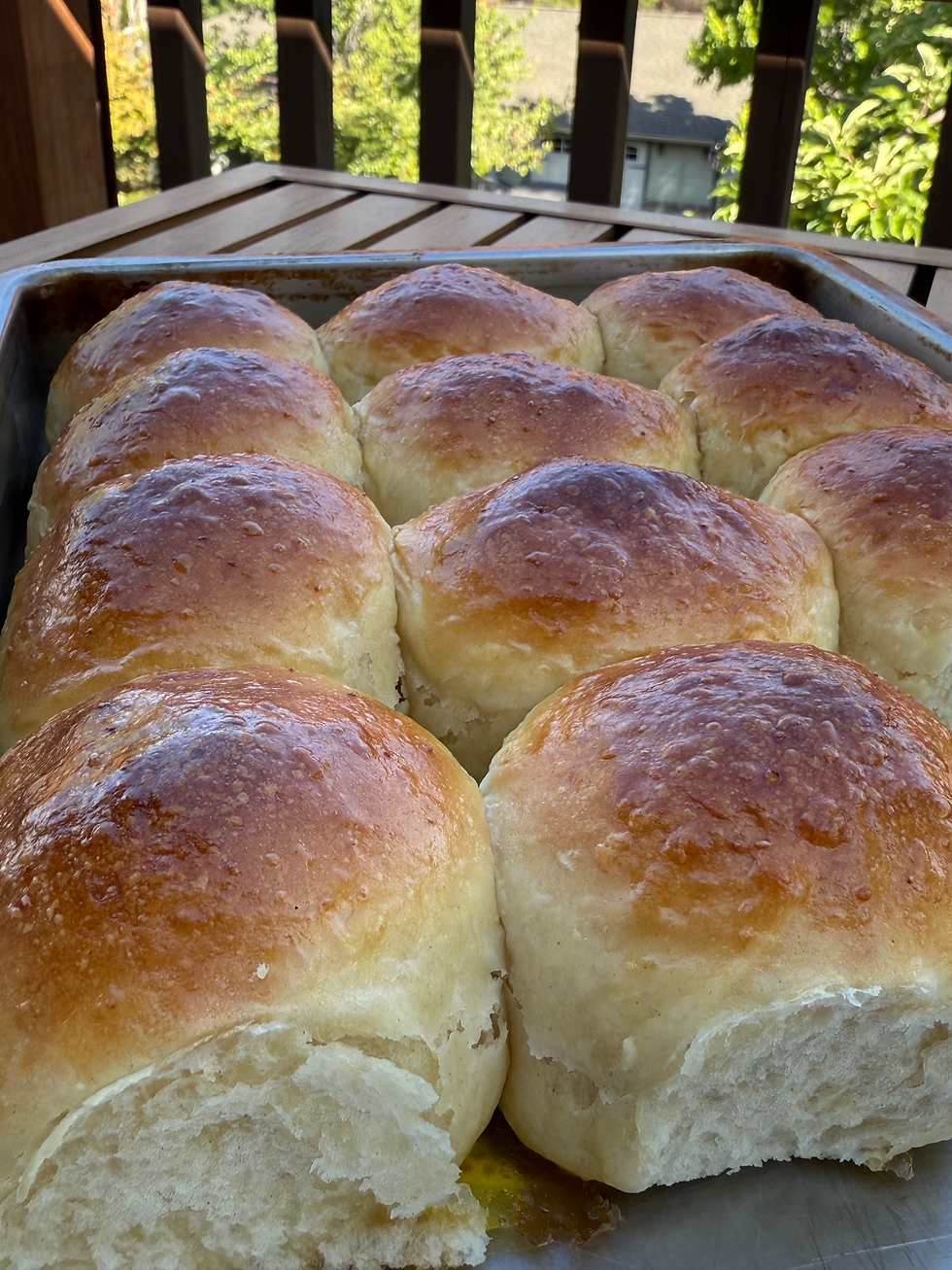Should you double the yeast when you double a recipe?
- Fit Chef Susie

- Aug 17
- 2 min read

Many people mistakenly double the yeast when they are increasing a recipe.
This may alter the texture, rising time, and overall outcome of the bread. It’s essential to understand the potential changes that may occur when doubling the ingredients, as well as any adjustments that may need to be made. Additionally, it’s important to consider the capacity of your mixing bowl and oven, as these factors can also affect the outcome of the bread.
Some recipes may require minor adjustments in order to maintain the desired texture and flavor.
It’s crucial to consider the rising time of the dough, as well as the capacity of the mixing bowl and oven. A larger batch of dough may require a longer rising time, as well as a larger mixing bowl and baking vessel. Additionally, it’s important to be attentive to any changes in the texture and consistency of the dough when doubling a recipe.
You may find older recipes calling for “1 packet active dry yeast.” A packet used to include 1 tablespoon of yeast; currently, it’s closer to 2 1/4 teaspoons, since improved manufacturing methods now produce stronger, more active yeast.
You can increase the size of most bread recipes by simply doubling, tripling, etc. all of the ingredients, including the yeast. Depending on the recipe and rising time, you may use as little as 1 teaspoon, or up to 2 1/4 teaspoons (sometimes more) of instant yeast per pound (about 4 cups) of flour.
That being said, many home recipes, particularly older ones, use more yeast than this; so when you double or triple the yeast, you may find that your dough is rising too fast — faster than you can comfortably deal with it.
In addition, if you’ve increased your recipe by five times or more, and also increased the yeast by five times, keep in mind the time it will take you to shape the dough. You may find the rising dough outpaces your ability to get it shaped and baked. If that’s the case, make a note to reduce the amount of yeast next time.—-https://www.kingarthurbaking.com/blog/2023/05/10/guide-to-baking-with-yeast
More yeast means faster fermentation, which will leave you with too much dough to shape in too little time: when you're shaping your last loaf, your first may already be done with its rise. King Arthur recommends using 2 to 3 teaspoons of yeast for up to 24 cups (roughly 6 pounds) of flour.
Reminder. More yeast with the Rapid setting usually results in bread that goes stale much faster.
Here are some guidelines to get you started. If you’re an occasional bread baker, cut back the usual 2 to 2 1/4 teaspoons of instant yeast to 1/2 to 1 teaspoon, depending on how long you want to let the dough ferment before the final shape-rise-bake process. 1/2 teaspoon would give you lots of flexibility, such as letting the dough “rest” for 16 to 20 hours; 1 teaspoon would be a good amount for an all-day or overnight rise (10 hours or so, at cool room temperature).
If you’re using active dry yeast, which isn’t as vigorous as instant yeast, up the range to 3/4 to 1 1/2 teaspoons.
Happy Baking!








Comments